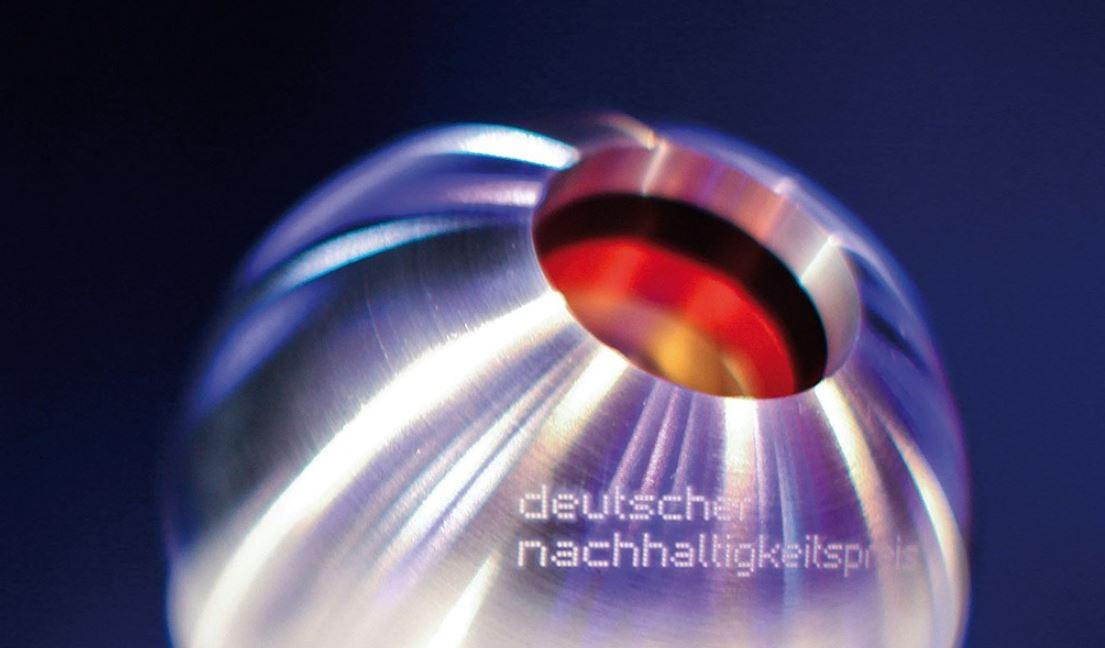Cookies help us deliver our services. By using our services, you agree to our use of cookies.
Welcome to Viessmann United Kingdom!
Viessmann United States
Viessmann Sustainability
The fourth generation now leads the Viessmann family business. We are therefore acutely aware of our social responsibility as well as that of safeguarding the natural resources for the future of generations yet to come. Measures to protect resources and the environment designed to promote sustainable actions are part of the corporate culture, as is the constant striving to improve efficiency along the entire process chain – from suppliers to end customers.

Our LEAP to Net Zero
Our climate strategy builds upon four pillars: Lead, Empower, Advocate and Partner – “LEAP”. The goal of this strategy: Reaching Net Zero.

Decarbonisation and the Energy Transition
Hydrogen for heat - electrification with heat pumps - tree planting
Hydrogen
Policymakers have set themselves the goal of becoming climate-neutral. The UK is targeted to cut carbon emissions 78% by 2035 and to reach net zero carbon emissions by 2050.
Heat Pumps
Our advanced heat pump technology utilises the latent heat in the air and ground to provide cost effective environmentally responsible heating, also known as air and ground source heat pumps.
ViMove
As part of the climate protection project "ViMove for Climate", we will plant more trees in return of your sport activities as soon as our next campaign starts. Join us for the challenge!
Steering committee and working parties
Viessmann's sustainability strategy centres on the processes directly connected to the product lifecycle (see diagram). However, ecological aspects such as energy and material efficiency, harmful emissions and biological diversity, plus social topics such as HR structure, occupational health, further education and staff satisfaction, are also taken into consideration.
Splitting the activity areas between four working parties ensures complete coverage when it comes to the analysis:
- Strategy & controlling
- Products & processes
- Resources & infrastructure
- Employees & work environment
All activities are coordinated by a steering committee, which assigns tasks to the working parties and collates their results. The steering committee reports to the administrative board and prepares decisions.
Sustainability strategy in two phases
The operational implementation of the sustainability strategy is divided into two phases:
In the first phase, a comprehensive appraisal is carried out. This includes a description of the actual status in all relevant activity areas based on key figures. A comprehensive assessment of the demands and requirements of the most important contact groups (stakeholders), including customers, suppliers, employees, authorities, municipalities, clubs and associations, is also part of the actual analysis.
In the second phase, the results of the appraisal are collected and evaluated. Then standards are set out or adapted to form a company-wide specification. For the most important key figures (key indicators), targets with deadlines are defined and distributed to those responsible at the companies and members of the Viessmann Group.
PDCA cycle
All activities relating to sustainability are coordinated by a steering committee, which reports to the administrative board.
A controlling system ensures that achieving targets will be monitored and feedback will be requested. Setting targets (Plan), implementing measures (Do), monitoring and feedback (Check) and deriving new targets (Act) results in a continuous process ("PDCA cycle"), which leads to the improvement of sustainability of all products and processes at the company.
Sustainability strategy
The Viessmann sustainability strategy covers the entire value chain:
- Research & development
- Procurement
- Production
- Sales
- Logistics
- Product utilisation
- Treatment & recycling
"Efficiency Plus" - Energy efficiency in practice
Efficient use of energy for greater competitiveness
Viessmann is one of the world's leading manufacturers of intelligent, convenient and efficient systems for heating, cooling and decentralised power generation.
It's strategic 'Efficiency Plus' sustainability project enables Viessmann to offer its customers innovative products that are distinguished by their top quality, energy efficiency and long service life. Viessmann technology enables the energy and climate goals set at the political level for 2050 to be met today.
More than 40 years ago the company began to install energy and raw material-saving production facilities at its main site in Allendorf (Eder). Ongoing savings and improvements in efficiency have enabled numerous milestones to be reached since then.
Viessmann is a member of the German Industry's Climate Protection and Energy Efficiency Group [Klimaschutz- und Energieeffizienzgruppe der deutschen Wirtschaft].
Viessmann is one of 15 companies making up the membership of the German Industry's Climate Protection Group. The Federal Ministry for the Environment, the Federal Ministry for Economic Affairs and the DIHK [Association of German Chambers of Commerce and Industry] established the partnership in 2009 – initially with four founding companies. Alongside Viessmann, berolina Schriftbild GmbH, ebm-papst Mulfingen GmbH and Prinovis GmbH were also selected by the initiators as companies setting an example with regard to energy efficiency and climate protection.
The member companies must meet the strictest criteria. For example, their company policy must include climate protection and energy efficiency and reports on performance/achievements must be regularly published. Consumption data and greenhouse gas emissions must also be systematically recorded and offset, and the issues of climate protection and energy efficiency must be an integral part of the training offered by the company.
The aim of the partnership for climate protection, energy efficiency and innovation is to tap into companies' existing climate protection and energy efficiency potential. Companies must also be committed to promoting the use of innovative technologies to exploit this potential during practical operations, and prerequisites should be set out for achieving the ambitious targets for climate protection and to increase energy efficiency in an economically viable way.
For more information about the Climate Protection Group, go to:
Customer Support